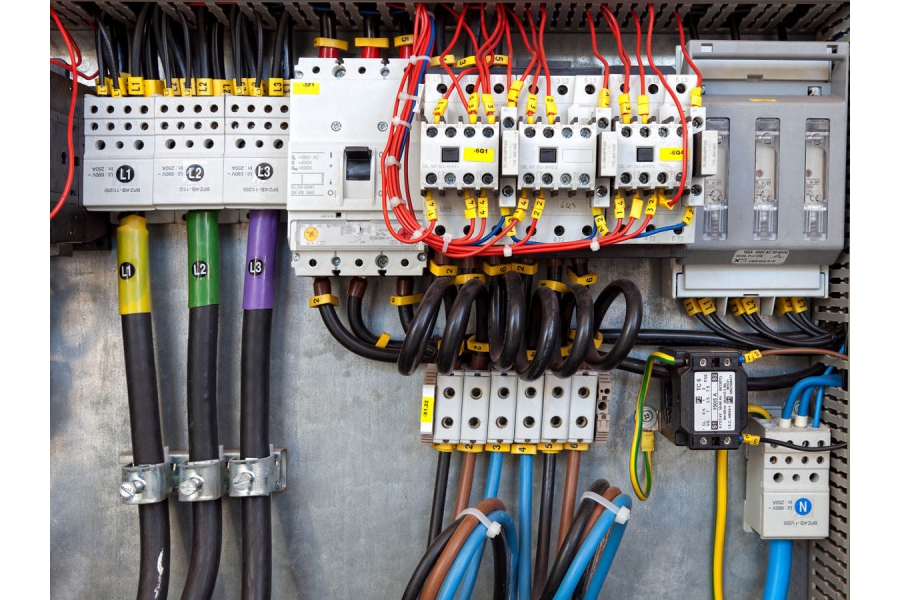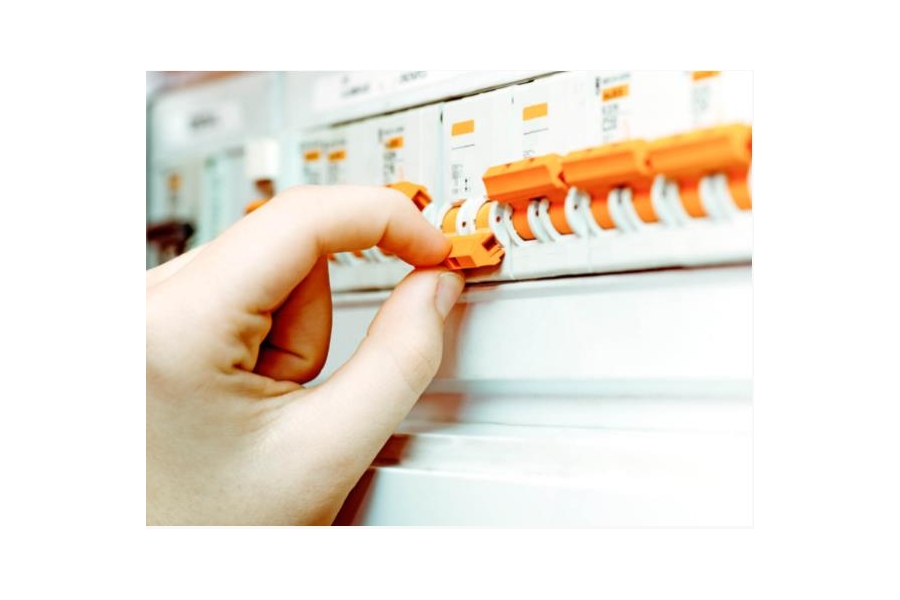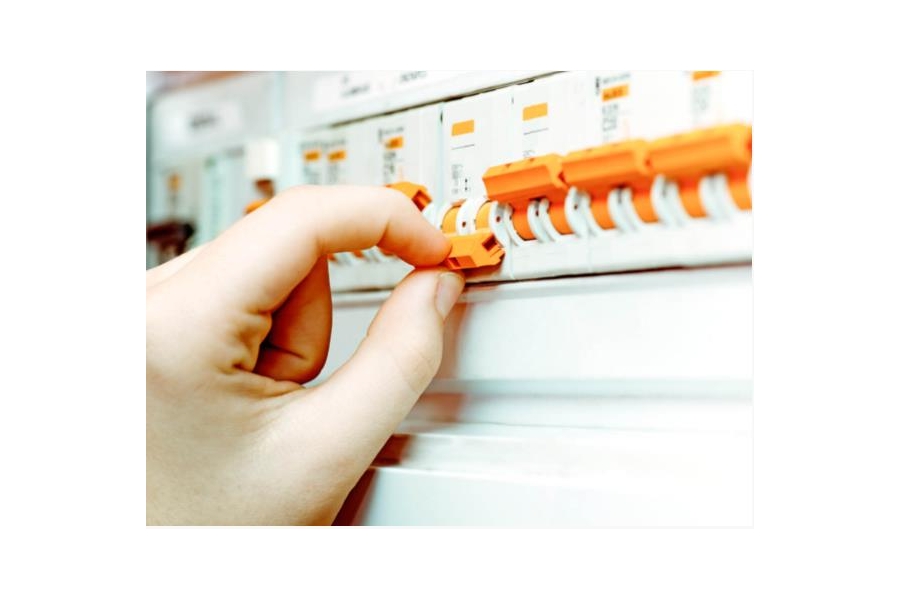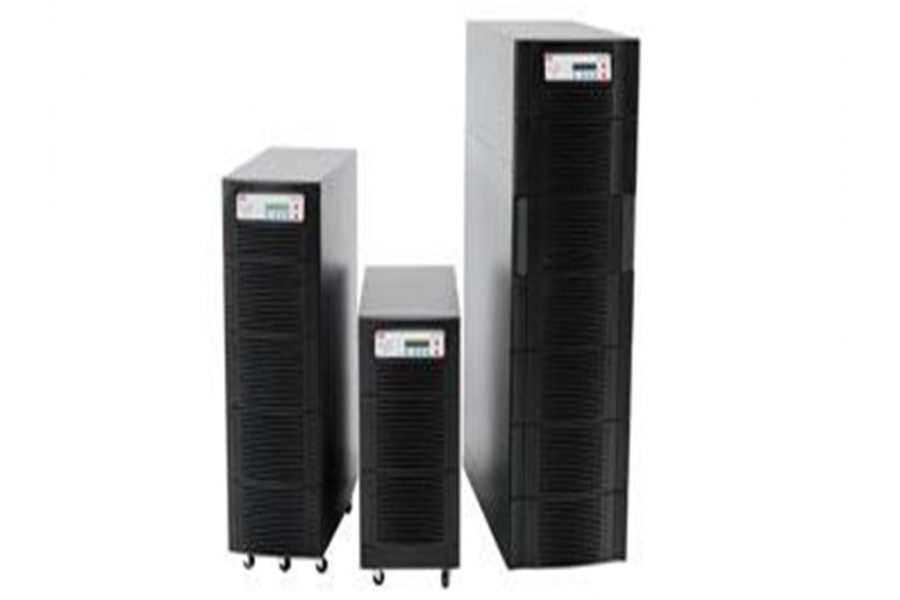UL standards assist in power failure protection, voltage regulation, power
factor correction, and harmonic control
Meets all the requirements of power supply protection for sensitive loads.
UL standard UPS and voltage regulation products and technologies cover
applications from small computer rooms to large data centers and protect a wide
range of industrial equipment. Product power coverage ranges from several
kilowatts to several megawatts, voltage from low to medium voltage. All your
power needs can be met in these applications.
The main function of UPS is to provide clean, continuous power to
downstream loads. According to IEC 62040-3, if the UPS cannot provide clean
energy or the correct voltage, the UPS will transfer the load to a static bypass
switch. UPS as a kind of power supply in the power grid, the characteristics and
operation mode of UPS should be considered in the system and protection design.
UPS inverters limit the transmission capacity of the downstream short-circuit
current to 2-3 times its rated current value, while static bypass switches are
typically designed to carry at least 10 times the rated UPS current for 20-100
milliseconds. During a downstream load failure, the load breaker needs to be
cleared as soon as possible to restore voltage on the output bus and stay within
the ITIC requirements of the other connected IT loads.
In DPA, each UPS module contains all the hardware and software needed for
the full operation of the UPS system. There are no common components shared
between modules, and each module is a fully functional UPS, so a DPA parallel
system provides extremely high system reliability and maximizes uptime. UPS
modules can be arranged in parallel to provide redundancy or increase the total
system capacity.
True "plug-and-plug" modularity enables the safe removal and insertion of
UPS modules without the risk of critical load and without the need to transfer
or disconnect them from the original power supply. As a result, one can replace
or add modules without having to implement any system downtime. It is also easy
to upgrade power capacity as critical load power demands grow. In addition, if a
failure occurs, one can easily remove the module for repair or replacement
without affecting the availability of the entire system. Only a truly redundant
architecture like DPA can enable online module insertion and removal while the
system is up and running.
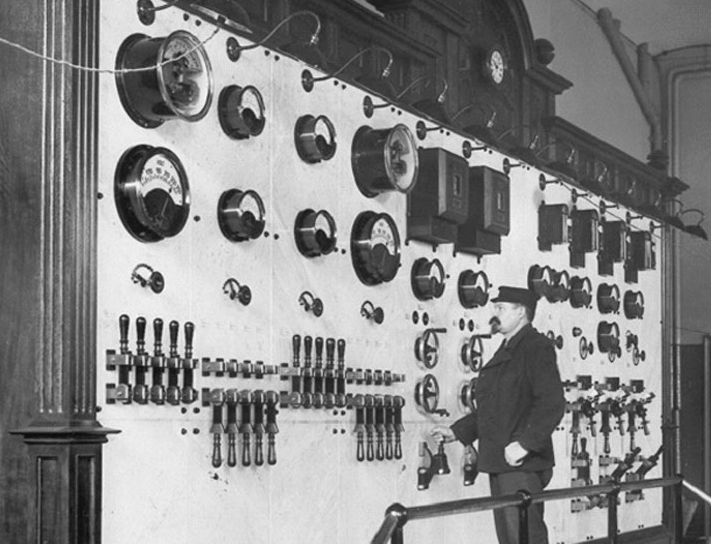
Fail-safe electrical design
· High overload and short circuit capability
· Electrical isolation and step-down transformer
· High capacity of battery current charging, long battery pack
· 15 years design life
High availability
· Distributed parallel architecture
· No single point of failure
· Replace or add modules without downtime
· Short average maintenance time
Fail-safe mechanical design
· High protection level
· Suitable for controlled environment
· Small footprint, high power density
· Top/bottom inlet
Efficient service concept
· Friendly operation interface
· Fast and convenient maintenance
· Access entirely from the front
· Fewer spare parts required
,
General data
System power range: 10 kVA - 1000 kVA
Output power factor: 0.9
Parallel configuration: Up to 20 modular devices can be configured in
parallel
UPS type: Independent
Topology: Online bidirectional conversion
Nominal input voltage: 3× 380 V / 220 V + N, 3× 400 V / 230 V + N, 3× 415 V
/ 240 V + N
Voltage tolerance: (Reference × 400 V / 230 V)
Suitable for load < 100% (- 10%, + 15%), < 80% (- 20%, + 15%), <
60% (- 30%, + 15%)
Frequency 35-70 Hz
Input distortion THDi at 100%, ≤3 (sine wave)
Power factor at 100% load, 0.99
Rated output voltage 3× 380 V / 220 V + N, 3× 400 V / 230 V + N, 3× 415 V /
240 V + N
Voltage distortion <2% linear load, <4% non-linear load
(IEC/EN62040-3)
Frequency 50 Hz or 60 Hz
The maximum total efficiency is 95.5%
98% in the energy saving mode
Communication User interface module LCD + cabinet color touch screen
Communication port RS-232, SNMP slot (USB and non-potential contact
optional)
Safety IEC/EN 62040-1
Electromagnetic Compatibility (EMC) IEC/EN 62040-2
Performance IEC/EN 62040-3
Manufacturing ISO 9001:2015, ISO 14001:2015, OHSAS18001
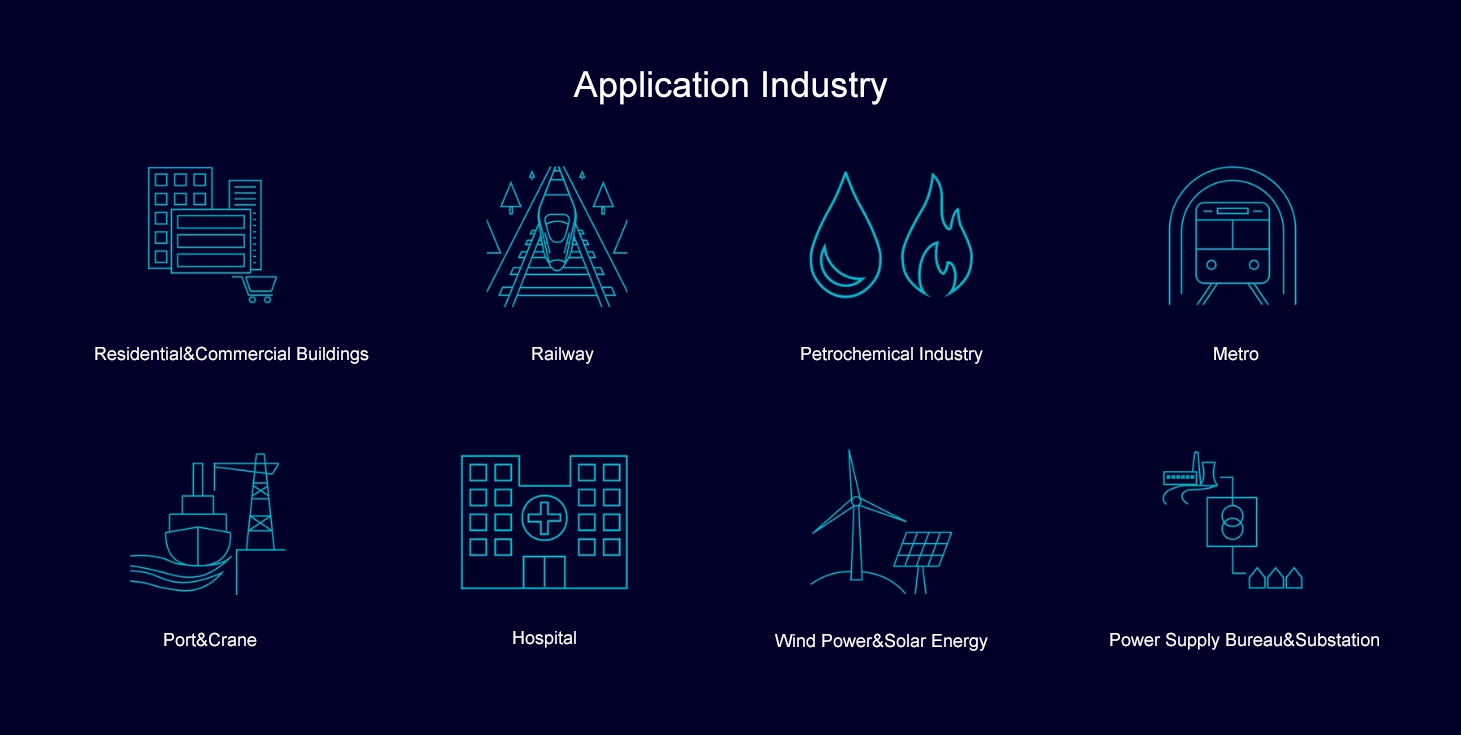
 UL Automatic Control Cabinet
UL Automatic Control Cabinet
 UL Medium And High Voltage Switchgear
UL Medium And High Voltage Switchgear
 UL Low voltage switchgear
UL Low voltage switchgear
 UL distribution cabinet
UL508A Control Cabinet UL-UPS System UL Explosion-proof Cabinet UL High Voltage Frequency Converter Cabinet UL High Pressure Soft Start CabinetUL Medium Pressure Air Insulated Switchgear UL Medium Pressure Gas Insulated Switchgear UL Ultra-thin wind power switchgear UL Medium and high voltage motor control Center UL Railway power supply medium and high voltage switchgear
UL distribution cabinet
UL508A Control Cabinet UL-UPS System UL Explosion-proof Cabinet UL High Voltage Frequency Converter Cabinet UL High Pressure Soft Start CabinetUL Medium Pressure Air Insulated Switchgear UL Medium Pressure Gas Insulated Switchgear UL Ultra-thin wind power switchgear UL Medium and high voltage motor control Center UL Railway power supply medium and high voltage switchgear











